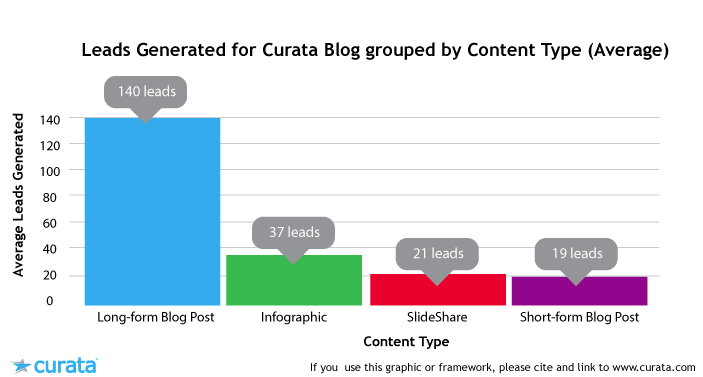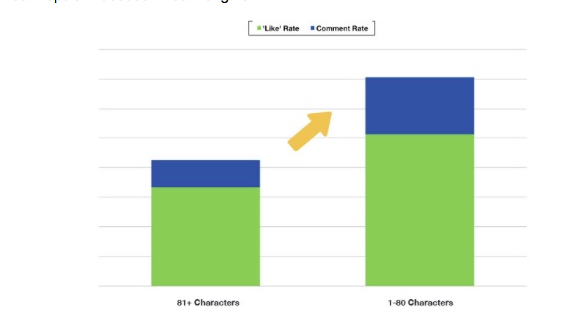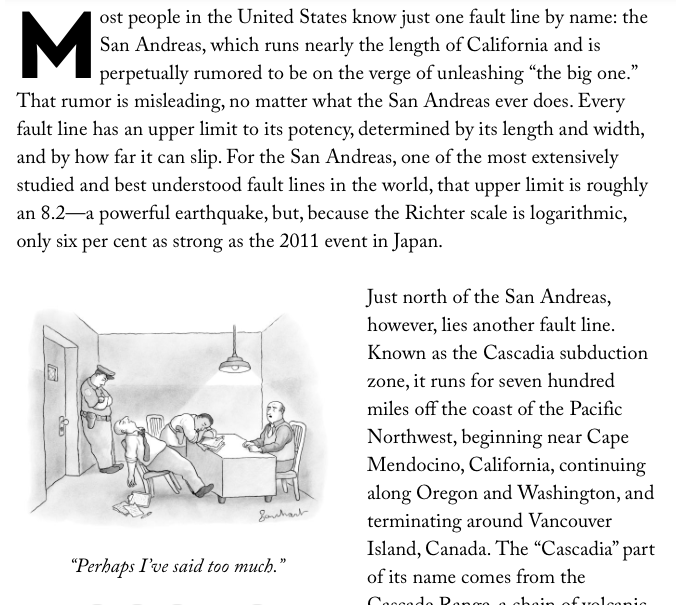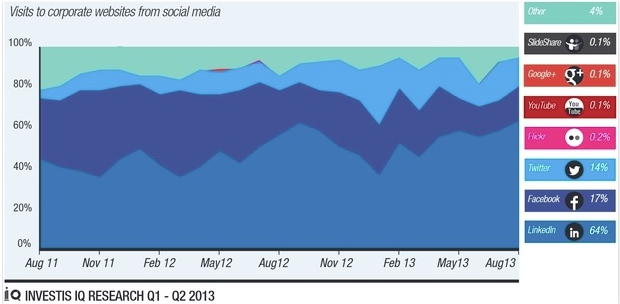ProBlogger: 6 Tips for Effective Long Form Blogging on LinkedIn | |
| 6 Tips for Effective Long Form Blogging on LinkedIn Posted: 07 Jun 2016 07:00 AM PDT
LinkedIn is a social media network that, like Facebook, gives users a personal and business profile to highlight their accomplishments, and connect professionals across various industries. Unlike Facebook, however, LinkedIn also has additional features which allow for long form content which provides a unique opportunity to attract additional attention to individuals, businesses and bloggers who use this feature effectively. Once published, long form content on LinkedIn is initially shared with the publisher's network, but the content has the ability to spread much further with likes, comments, and sharing. Posts which are shared by high profile personalities or famous business leaders, such as Bill Gates, Richard Branson, can reach millions of people and provide invaluable exposure to the business that created the content – which might just happen to be your blog. When used effectively, LinkedIn can be harnessed to not only display your expertise and specializations in your niche, but dramatically expand brand and product awareness. This expanded awareness helps you create connections to other blogs, influencers, brands or businesses, potentially creating new opportunities for readership, collaboration, sales, products, and much more. In fact, a study by Curate indicates that long-form content can be the most effective form of publishing to drive business leads.  But if your content never gets extensively shared, you're not accomplishing much. So before you press submit on your first LinkedIn article, it's important to understand how to succeed when blogging with LinkedIn's unique platform and audience. So without further ado, below are six pieces of advice for making the most of your LinkedIn content. 1. Select a Topic With the Potential To SucceedBefore sitting down to write a LinkedIn article, read a few popular ones written by others first. It is important to spend a bit of time examining your target community to see what engages them, and then create content around their interests, as opposed to trying to generate interest where it doesn't exist. Generally speaking, the professional focus of LinkedIn means that content should concentrate on your target audience's professional areas of interest as opposed to general pop culture topics which are more successful on platforms like Facebook. For example, popular LinkedIn articles include:
Note in each of these examples, the content has at least a tangential connection to professional improvement and success, as opposed to purely personal success. The topics listed above are broadly applicable for most industry types (and thus are useful as examples) but when implementing this advice for your blog, consider as an alternative tailoring your idea to your specific niche in order to have a more targeted (albeit more limited) effect, at least early on when your follower count is low. 2. Stick with Catchy TitlesLong form content on LinkedIn carries with it an expectation of professionalism and depth that is absent from most other social media platforms, and that is reflected in what is popular on those platforms, (e.g. 11 Simple Concepts to Become a Better Leader, a top LinkedIn post v. “Why We Need Best Friends“, one of the most Facebook posts of 2014).  That difference in depth and professionalism might give the impression that one should forego catchy titles for something with a bit more weight, or with an academic sounding title. Remember, however, that LinkedIn is still a social media platform, and enticing a reader to click on your article is the first step to increasing your LinkedIn following and having the article shared. To do this successfully, pleasing or catchy article titles help greatly. Boring, generic titles fail to gain clicks compared to titles that pique interest. Use words like “how to” and “tips for” to gain clicks, but hyperbole is a more successful strategy. Including “most”, “the best”, or “amazing” grabs attention and gets people reading your articles. Make sure you back it up in your content, however. 3. Focus on Creating Long Form ContentAll too often people make the assumption that web content should be short. Typical blog posts are usually somewhere between 350 and 800 words, and the most successful Facebook posts are a mere 40 characters. However, some of the most popular posts on LinkedIn can exceed more than 2000 words and often include graphics or other visual information. This type of article is called long form content. Most Popular Facebook Post Lengths
The key to effective long-form content is a fastidious focus on quality. Merely stretching your words to reach a certain target length will water down the effectiveness of the content, which frankly defeats the purpose altogether and will drive readers away. To prevent this requires a shift in mentality. Unlike a blog post or Facebook post in which one concise argument is made and advanced, LinkedIn long form content should include at least 3 or 4 sub-points or arguments, which are each individually discussed and supported. 4. Support Your Arguments By Citing Your SourcesEffective long form content advances an argument, and the author's points should be supported by third party references. To be effective, you should reference empirical research throughout the article to bolster your arguments and add value and information to your LinkedIn posts. Consider using as a rough rule of thumb, one reference to empirical data per 500 words. Depending on the specific nature of your content, citations will be required to provide evidence for controversial statements or positions. Research and citations also have the added benefit demonstrating the professional competency of the writer. Calling upon well known and regarded works show familiarity with industry standards and thinking. 5. Use Visuals and Graphics LiberallyLong form content is long. And people are used to reading short content on the web. So make sure that you're using visuals, graphics and sub-headings to break up your content visually to help make the long form content more digestible. There are lots of creative techniques for using sub-headings or graphics in your long-form article design, but an example that I personally enjoy is that taken by the New Yorker, which uses a combination of internally generated cartoons and massive drop caps to clearly signal a new sub-heading to the reader. As a general rule, your long form article should include a graphic or sub-heading at least every three paragraphs, otherwise you're likely to overwhelm and turn off your reader.  6. Post ConsistentlyA single article on LinkedIn will only reach approximately 20% of your followers, whereas LinkedIn has found that you will typically reach 60% of your total followers by publishing 20 times per month. Obviously, quality long form content cannot be “churned” on a near daily basis, but the point still stands: to have maximum impact, consistency in publishing is required. Multiple articles over a long period of time will be necessary to cultivate a robust LinkedIn following. Users are interested in multiple articles from writers they know and appreciate. Consequently, try to target a post or two a week to create a sizeable following that can lead to increased leads, added revenue, and more networking opportunities. ConclusionRegularly publishing visually appealing, substantial, and well supported long form content is a lot of work. It is also, however, the most effective way to create a robust LinkedIn following for your company. And given that LinkedIn sends visitors to your homepage at roughly 4x the rate of other social media platforms, it very well may be the highest and best use of your marketing resources.
Sarah Blanchard is a Houston-based writer and speaker with Soar Payments, a high risk merchant account provider which offers comprehensive credit card processing and payment gateway solutions to businesses in high risk industries. The post 6 Tips for Effective Long Form Blogging on LinkedIn appeared first on ProBlogger. |
| You are subscribed to email updates from ProBlogger. To stop receiving these emails, you may unsubscribe now. | Email delivery powered by Google |
| Google Inc., 1600 Amphitheatre Parkway, Mountain View, CA 94043, United States | |
 This is a guest contribution from writer Sarah Blanchard.
This is a guest contribution from writer Sarah Blanchard.

 
 
 

0 comments:
Post a Comment